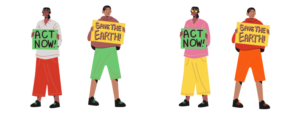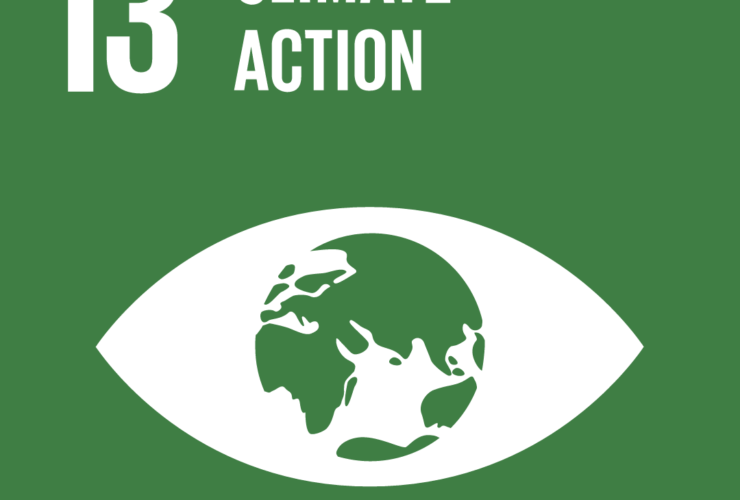What does a successful COP look like for Africa?
The world’s leading scientific authority on climate change, the Intergovernmental Panel on Climate Change (IPCC), states that the world is now in extraordinarily dangerous territory (IPCC, 2021).
Every small delay to proportionate action on mitigation and adaptation is a move closer to irredeemable damage to the climate and its ability to meet human needs.
Africa most vulnerable to effects of Climate Change
Despite having contributed the least to global warming and having the lowest emissions, Africa faces exponential collateral damage, posing systemic risks to its economies, infrastructure investments, water and food systems, public health, agriculture, and livelihoods; threatening to undo its modest development gains and slip into higher levels of extreme poverty.
Where COP comes in
While the COP takes place in the context of a global ‘polycrisis,’ climate action and cooperation can provide effective ways forward on food, energy, nature, and security, and a vital nexus of international dialogue and cooperation on these issues.
This year’s COP – aptly dubbed the ‘African COP’ – has been greatly anticipated, following last year’s COP 26 that was shrouded in disappointment. COP27 is an important moment for assessing progress on the flurry of plurilateral deals agreed at COP26, on issues from fossil fuel phase out to reducing methane emissions and ending deforestation, (Chatham House, 2022).
Climate Justice
COP27 is an opportunity to ensure that the issue of climate justice is tackled effectively — without climate justice, more funding and loftier promises by world leaders will be meaningless.
By 2030, climate change is expected to push an additional 132 million into extreme poverty. Climate justice is not just the right thing to do — empowering marginalized people and communities and improving their resilience will improve overall climate resilience and bolster all climate action. The three facets of Climate Justice that COP must address are:
- Climate finance,
- Representation and,
- People-centric investment
In addition to recognizing that social issues like gender inequality, poverty, and health are not merely incidental concerns of sustainability, COP27 and its delegates must also recognize that these challenges represent the human face of the climate crisis.
Sterner commitments towards fossil fuel divestment must be made by the world’s greatest polluters to ensure that we are meeting the 1.5 degree celsius point. Loss and Damage finance must also be central in the agenda. Therefore, efforts to manage Loss and Damage must be based on the everyday realities of the loss and damage risk and tailored to the vulnerabilities of the different people and places to different hazards over time.
The question of how to finance action to address loss and damage is therefore not only about how to mobilize the trillions of dollars required to finance responses after a disaster but also about how to ensure the right kinds of finance reach those who are about to experience loss and damage, or who will be unable to avoid it in the future. (IIED, 2022).

Ruth Townend, (2022, November). What are the key issues at COP27? Chatham House. https://www.chathamhouse.org/2022/08/what-cop27
IPCC (IPCC, 2022). https://www.ipcc.ch/event/ipcc-at-cop27/
IIED, (2022, October). How can loss and damage finance reach those enduring climate catastrophe? https://www.iied.org/how-can-loss-damage-finance-reach-those-enduring-climate-catastrophe



